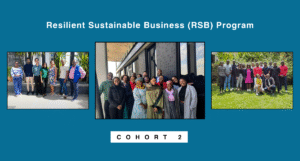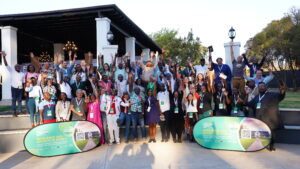2016 was definitely the hottest year on record and probably also the dirtiest and most hazardous. “The climate broke records in 2016“ said World Meteorological Organization chief Petteri Taalas. With the primary cause climate change: the burning of fossil fuels. Mt. Kilimanjaro has lost 85% of its icecap 26% being since 2000. Worldwide, around 18,000 people now die every day as a result of air pollution. Some 26 million people are also forced into poverty each year by the impact of natural disasters, with climate shocks reversing hard-won development gains.
Thus 2016/2017 have been the best years ever for green finance. Many countries are issuing strategies for greening their financial systems. Simply put, green finance covers the financing of investments that generate environmental benefits as part of the broader strategy to achieve inclusive, resilient and sustainable development.[/vc_column_text][/vc_column][/vc_row][vc_row bg_color=””][vc_column width=”1/1″][vc_row_inner][vc_column_inner width=”3/4″][vc_column_text]In Kenya, the B Lab East Africa team attended an event focused on opportunities in green investing. The African Guarantee Fund (AGF), the International Trade Centre (ITC) and the Nordic Development Fund (NDF) organized a Green Finance Conference on 21 June in Nairobi, Kenya. Participation at the event brought together representatives from financial institutions including commercial and SME banks and microfinance institutions as well as policy makers from government, representatives from development finance and donor institutions and other key stakeholders engaged in sustainable development and innovating finance for transformation to a green and inclusive economy and a sustainable future.
The event built on work by all three organizing institutions to expand access to finance for green growth-focused small and medium-sized enterprises (SMEs) in Africa, especially those climate-focused. Recognizing that SMEs are the engine of growth in Kenya accounting for 25% of GDP, providing employment and thus inclusion of women and youth.[/vc_column_text][/vc_column_inner][vc_column_inner width=”1/4″][ish_image image=”3366″ size=”theme-fourth” align=”center”][/vc_column_inner][/vc_row_inner][vc_column_text]Insights came from the Central Bank and National Treasury together with the Capital Markets Authority, UNEP and Kenya Association of Manufacturers discussing the role of policy makers in promoting green finance and green energy in the Kenyan context. Agreeing to the need to facilitate a conducive environment for the growth of green finance by being clear about the policy signals they send to financiers about their plans for climate action and sustainable development. Clear roadmaps are needed making the bridge between high-level national targets and the technical details of how money actually flows across banking, capital markets, insurance and investment through capacity buiding
DFIs such as Nordic Development fund, are at the forefront of promoting green finance and responsible investment. But face challenges in risk evaluation facilities for SMEs but agree on the need to reduce collateral requirements for SME’s to have greater access to funding while also looking for more innovative ways to provide financing by funding pilots and demonstrations. The conclusion being that DFIs are in a position to take more risk by adjusting risk management models and using co-financing models
There is no doubt that considerable uncertainty clouds the year ahead. But one thing is clear – the shift to climate-consistent, green and, ultimately, more sustainable finance now looks unstoppable.
[/vc_column_text][/vc_column][/vc_row]




